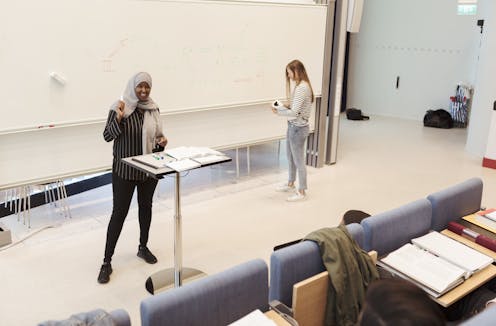

Authors: Roxanne Varzi, Professor of Anthropology, University of California, Irvine
Read more


